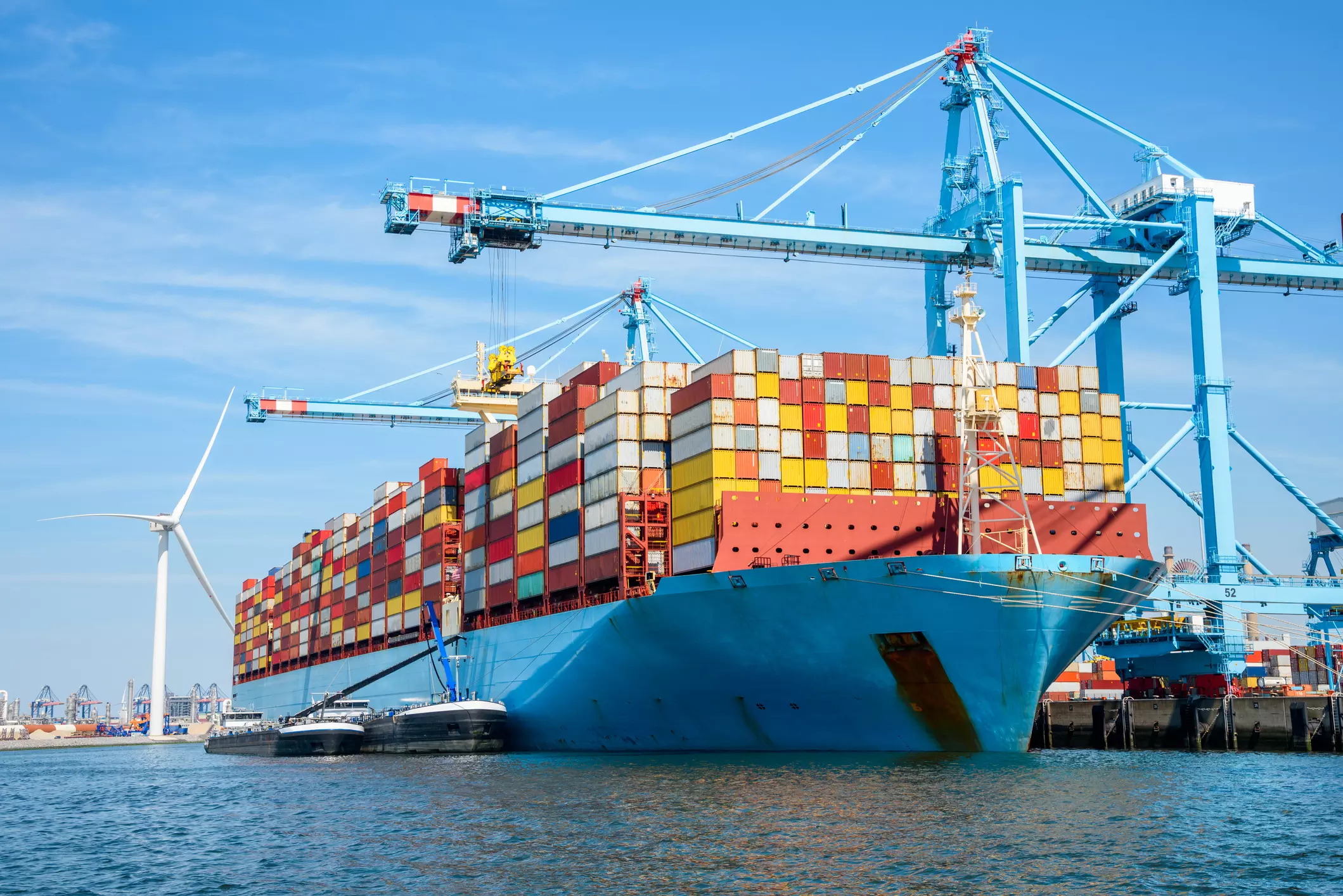Chartered Accountant ( 公認会計士) (공인 회계사 )(CONTABILISTAS) (CONTADORES PÚBLICOS) (ДИПЛОМИРОВАННЫЕ БУХГАЛТЕРЫ СЧЕТОВОДИТЕЛИ) (会计师事务所) (COMPTABLES CHARTERES) (WIRTSCHAFTSPRÜFER) (сметководители) (MUHASEBE MÜTEAHHİTLİĞİ) (محاسبون قانونيون) (CHARTERED AKUNTAN)(Geoktrooieerde Rekenmeesters)(registeraccountants)(RAGIONIERI REGISTRATI)חשבונות רואי חשבון) (This blog is non-commercial and is used here to put important news only for the educational purpose of Students doing CA and CS.
Sunday, March 31, 2024
Rescued Pakistanis shout 'India Zindabad' Source: ANI - Edited By: Utkarsh Mishra March 30, 2024 22:00 IST Rediffnews
As many as 23 Pakistani nationals rescued by the Indian Navy from Somali pirates after a daring operation in the Arabian Sea on March 29 thanked India and raised slogans of 'India Zindabad'.
The Indian Navy's specialist team had protected them from nine armed pirates, and completed sanitization and seaworthiness checks of fishing vessel Al-Kambar.
The Pakistani crew of the rescued Iranian flagged fishing vessel could be seen raising India Zindabad slogans in the Arabian Sea after they were freed from the pirates.
Based on the inputs on a potential piracy incident onboard Iranian Fishing Vessel late evening on March 28, two Indian Naval ships, mission deployed in the Arabian Sea for maritime security operations were diverted to intercept the hijacked fishing vessel.
The FV at the time of incident was approximately 90 Nm south-west of Socotra and was reported to have been boarded by nine armed pirates. The hijacked FV was intercepted on March 29.
The Indian Navy remains committed to ensuring maritime security in the region and safety of seafarers, irrespective of nationalities, according to the statement.
9 pirates being brought to India to face legal action
A day after rescuing a hijacked Iranian fishing vessel and its 23-member Pakistani crew under an anti-piracy operation at sea, the Indian Navy on Saturday said the nine surrendered pirates are being brought to India for further legal action.
The legal action will be taken against them under the Maritime Anti-Piracy Act, 2022.
The Indian Navy's specialist teams have completed sanitisation and seaworthiness checks of fishing vessel Al-Kambar, according to a statement shared by the Navy's spokesperson.
'The crew, comprising 23 Pakistani nationals, were given a thorough medical checkup prior to clearing the boat to continue with her fishing activities,' it said.
The Indian Navy on Friday had rescued the hijacked Iranian fishing vessel and its crew, after more than 12 hours of 'intense coercive tactical measures' as part of the anti-piracy operation.
The hijacked vessel was intercepted on Thursday, the Navy said on Friday.
"INS Sumedha intercepted FV 'Al Kambar' during early hours of Friday and was joined subsequently by the guided missile frigate INS Trishul," it said.
"After more than 12 hours of intense coercive tactical measures as per the SOPs, the pirates on board the hijacked fishing vessel were forced to surrender. The crew, comprising 23 Pakistani nationals, have been safely rescued," the Indian Navy has added.
The fishing vessel at the time of incident was approximately 90 nm southwest of Socotra and was 'reported to have been boarded by nine armed pirates', it said.
The Indian Navy said it remains committed to ensuring maritime security in the region and safety of seafarers, 'irrespective of the nationalities'.
Socotra Archipelago is in the northwest Indian Ocean near the Gulf of Aden.
Saturday, March 30, 2024
SOON, ISRO’S RUBIDIUM ATOMIC CLOCK WILL DETERMINE TIME ON YOUR SMARTPHONE & LAPTOP; WHAT IT IS SATURDAY, MARCH 30, 2024 BY INDIAN DEFENCE NEWS
IAF discloses reasons behind accidental BrahMos missile firing into Pakistan Read more at: https://economictimes.indiatimes.com MARCH 29,2024
Indian Navy rescues hijacked Iranian fishing vessel, 23 Pakistani crew members :-ET
As part of maritime security operations, the Navy has undertaken anti-piracy, anti-missiles and anti-drones operations; 110 lives -- 45 Indians and 65 foreign nationals -- have been saved during 'Op Sankalp' in that 100-day period, according to a PPT presentation that was given by a Navy officer before the press conference of the Navy chief in March 23.It was also mentioned in the presentation that from November last year till March, "more than 90 maritime incidents have happened", including 57 drone or missile attacks or sightings; and 39 incidents that include piracy, hijacking, or suspicious approaches.
Bad bank does two years' worth of business in one week, buys over Rs 24,000 cr of debt just before FY24 ends:-ET
Three other companies -- Simplex Infrastructures, Rohtak Panipat Tollways (Rs 874 crore) and Wind World India (Rs 3,763 crore) -- are set to be transferred to NARCL on Saturday. Simplex Infrastructures is the largest debt to be acquired by NARCL in this round, with a total outstanding of Rs 9,600 crore.
Friday, March 29, 2024
How a Rs 76,220 cr port project aims to be a game changer for India’s trade trajectory :-ET
Ports play a crucial role in making a nation a powerhouse of manufacturing and exports. China is the prime example: the country has seven of the 10 busiest container ports in the world. India, which aspires to be a big manufacturer and exporter, finds an entry at 35 on the World Shipping Council’s list.

Wednesday, March 27, 2024
ICICI Bank under fire for allegedly trying to influence I-Sec's minority investors Read more at: https://economictimes.indiatimes.com/markets/stocks/news
Sterlite & GIC to set up $1 billion JV for power transmission :-ET March 27,2024
Reliance Power's 2 subsidiaries settle Rs 1,023-cr debt :-ET March 27,2024
Six workers presumed dead after crippled cargo ship knocks down Baltimore bridge :-ET

Monday, March 25, 2024
India plans to shift from minimum wage to living wage by 2025 :-ET













